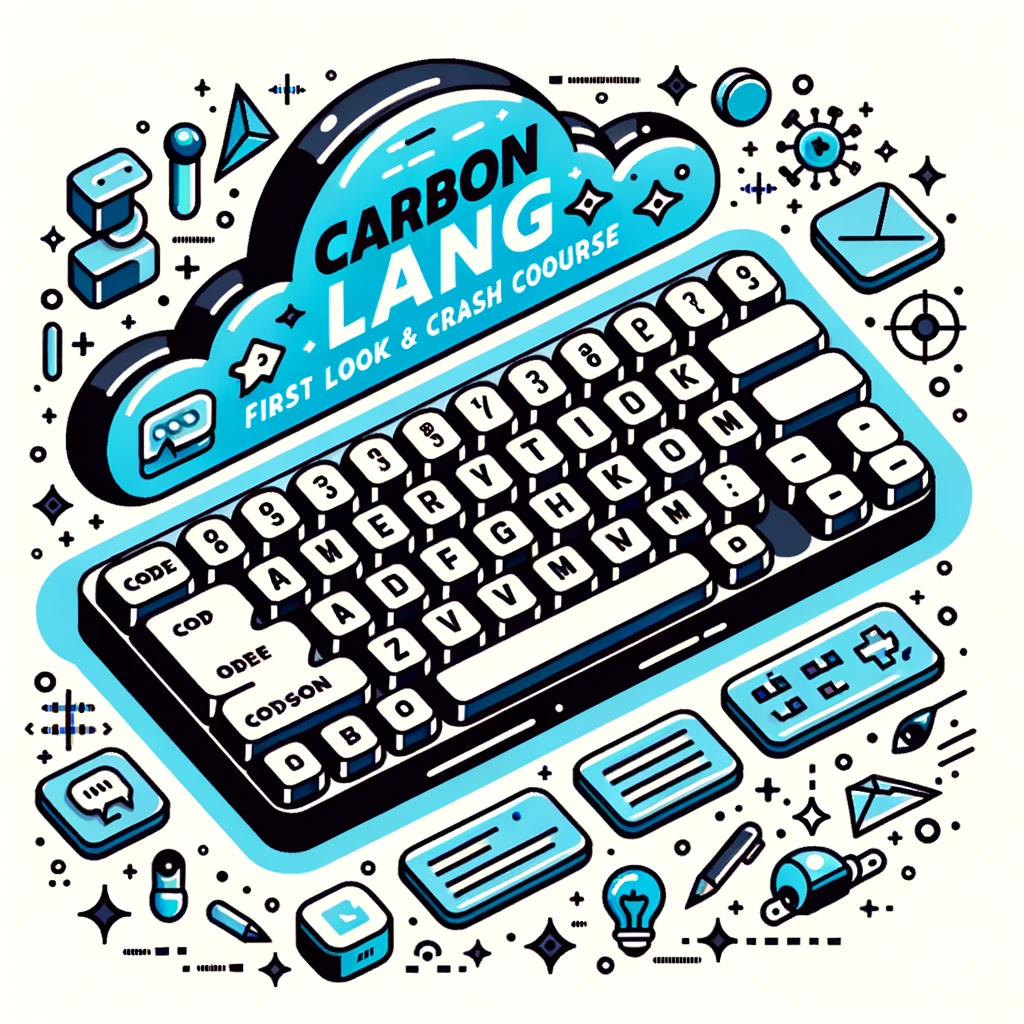In this article, we will explore the topic of “Clean Code vs Preference”. The concept of clean code can often be subjective, as it is heavily influenced by personal preference. Many developers find the term intimidating, unsure if they are doing things correctly. Clean code principles can vary greatly from developer to developer, with differing opinions on commenting, consistency, and best practices. This article will discuss the gray areas of clean code, the importance of readability, and finding a balance between best practices and personal style. We will also delve into the video “Clean Code vs Preference” by Traversy Media, offering personal advice and opinions on the matter.
Understanding Clean Code
Defining clean code
Clean code refers to a programming style that prioritizes readability, maintainability, and clarity. It is code that is easy to understand, navigate, and modify. The goal of clean code is to make the codebase easier to work with for both the original developer and future maintainers. It follows certain principles and best practices to achieve these objectives.
The subjectivity of clean code
Clean code is subjective and often comes down to personal preference. While there are generally accepted principles and guidelines for clean code, there is no one-size-fits-all approach. Different developers may have different opinions on what constitutes clean code based on their experiences, backgrounds, and coding styles. Therefore, clean code is not a rigid concept and allows room for individual interpretation.
The intimidating nature of clean code
For many developers, the term “clean code” can be intimidating. It may evoke feelings of insecurity and uncertainty about their own coding practices. When starting out, developers often question whether they are doing everything correctly or if there is a better way to write their code. This intimidation can stem from a fear of being judged by others or making mistakes. However, it is important to remember that everyone’s coding journey is unique, and the journey towards clean code is a continuous learning process.
Clean Code Principles
Commonly accepted clean code principles
While clean code can be subjective, there are several principles that are commonly accepted in the programming community. These principles aim to improve the readability, maintainability, and overall quality of the codebase. Some examples of these principles include:
- DRY (Don’t Repeat Yourself): Avoid duplicating code by using functions, classes, or modules to encapsulate reusable code.
- KISS (Keep It Simple, Stupid): Strive for simplicity in code design and avoid unnecessary complexity.
- Single Responsibility Principle (SRP): Each class or function should have a single responsibility and should not be responsible for multiple tasks.
- Open/Closed Principle (OCP): Code should be open for extension but closed for modification, meaning that new functionality should be added without modifying existing code.
- Naming Conventions: Use clear and descriptive names for variables, functions, classes, and other code entities.
Individual variations in clean code principles
While there are widely accepted clean code principles, individual developers may have variations in their interpretation and implementation of these principles. Factors such as programming language, project requirements, and personal coding style may influence how these principles are applied. It is important to find a balance between following best practices and adhering to personal style and preferences.
The Role of Comments in Clean Code
The debate on commenting in code
One aspect of clean code that often sparks debate is commenting. Some developers believe that clean code should be self-explanatory and should not require comments to understand its functionality. On the other hand, some developers advocate for the use of descriptive comments to provide additional context and clarity to the code. The debate on whether to comment or not largely comes down to individual coding preferences and the specific circumstances of the project.
How commenting can impact clean code
Comments can play a crucial role in enhancing the readability and understandability of code. Well-placed comments can provide explanations of complex algorithms, clarify the purpose of certain code blocks, or warn about potential pitfalls. However, excessive or redundant comments can also clutter the codebase and hinder readability. Finding the right balance is key to leveraging the benefits of comments without compromising the cleanliness of the code.
Balancing clean code and effective commenting
To strike a balance between clean code and effective commenting, developers should consider the following guidelines:
- Use comments sparingly and only when necessary.
- Focus on adding comments where code may be unclear or requires additional context.
- Write descriptive comments that provide meaningful information rather than simply restating what the code does.
- Regularly review and update comments to ensure they remain accurate and relevant.
- Prioritize writing clean, self-explanatory code that minimizes the need for excessive comments.
The Gray Areas of Clean Code
Exploring the nuances of clean code
While clean code principles provide general guidelines, there are often gray areas that don’t have clear-cut rules. These gray areas may arise from different interpretations of the principles, varying project requirements, or trade-offs between code readability and performance. It is in these gray areas that personal preferences and coding experience can greatly influence the choices made.
Critical considerations in gray areas
In gray areas, developers must carefully consider the trade-offs and implications of their choices. Some critical considerations include:
- The impact on code readability and maintainability.
- The potential for introducing bugs or decreasing performance.
- The alignment with the overall project architecture and coding standards.
- The opinions and preferences of other team members or stakeholders.
- The mindset of balancing best practices with practicality and functionality.
As developers gain more experience, they develop their own set of instincts and preferences when navigating these gray areas.
Consistency in Clean Code
Importance of consistency in variables and function names
Consistency is a vital aspect of writing clean code. It ensures that code entities, such as variables and function names, are named in a consistent and coherent manner throughout the codebase. Consistent naming conventions make the code more predictable and easier to understand, as developers can quickly infer the purpose and behavior of different code elements.
How inconsistency can disrupt clean code
Inconsistencies in naming conventions can lead to confusion and make the codebase difficult to navigate. If variables or functions have different names for the same purpose or if naming conventions vary between different parts of the code, it creates cognitive overhead for developers. Inconsistent code can also hinder collaboration and introduce unnecessary bugs when developers fail to properly understand the intended behavior.
Striving for consistency in clean code promotes a more organized and cohesive codebase.
Readability vs Performance in Clean Code
Why readability often trumps minor performance improvements
In the pursuit of clean code, readability is often prioritized over minor performance improvements. While performance optimization is important, it should not come at the expense of code readability and maintainability. Clean code aims to make the codebase easier to understand and modify, which ultimately contributes to overall productivity and long-term efficiency.
Balancing readability and performance in clean code
While readability is paramount, it is still possible to write performant code that follows clean code principles. Developers can achieve this balance by:
- Using efficient algorithms and data structures.
- Following best practices for performance, such as avoiding unnecessary computations or excessive memory usage.
- Prioritizing code clarity and organization to facilitate easier debugging and maintainability.
- Iteratively profiling and optimizing critical sections of the codebase for performance improvement when necessary.
By considering both readability and performance, developers can ensure that their code is clean, efficient, and maintainable.
Influence of Best Practices on Clean Code
Understanding coding best practices
Coding best practices are established guidelines and techniques that help developers produce clean, efficient, and maintainable code. These practices have emerged from years of experience and collective wisdom within the programming community. They represent tried-and-tested approaches to common problems and can significantly improve the quality of code.
The role of best practices in promoting clean code
Best practices play a crucial role in promoting clean code by providing a set of standards and guidelines that developers can follow. They help establish consistency, improve reusability, and enhance code readability. Following best practices ensures that code is written in a standardized and coherent manner, making it easier for other developers to understand, maintain, and extend.
While it is important to acknowledge that best practices are not absolute and may not be applicable in all scenarios, they serve as valuable references and starting points for achieving clean code.
Importance of Personal Style and Preferences in Coding
Influence of personal style and preferences on coding
Personal style and preferences heavily influence the way developers write code. Each developer has their own set of coding habits, preferred patterns, and approaches to problem-solving. These personal elements can shape the overall structure, naming conventions, and architectural decisions made in a codebase.
Finding a balance between personal style and best practices in clean code
Personal style and preferences should be considered in the context of clean code, but they should not override or undermine best practices. While personal style allows for individual expression and flexibility, it is crucial to find a balance between personal preferences and established best practices.
Developers should continuously evaluate their personal style against industry standards, project requirements, and feedback from teammates. Openness to constructive criticism and a willingness to adapt can lead to growth and improvement in coding practices.
Striving for the Best Code
The quest for the perfect code
Developers often strive for the best possible code, aiming to create technically excellent solutions. They seek to apply clean code principles, follow best practices, and optimize performance while maintaining readability and maintainability.
Balancing best practices and functionality in coding
While striving for the best code is important, it is equally crucial to acknowledge that there is no single perfect solution. Developers must strike a balance between best practices and the functionality of their code. Practicality, project constraints, and time limitations should also be taken into account to maintain a realistic approach.
The iterative nature of software development allows opportunities for code improvement over time. Embracing continuous learning, upgrading skills, and adapting to new technologies and coding practices contribute to writing increasingly better code.
Conclusion
Summary of clean code principles
Clean code is a programming style that prioritizes readability, maintainability, and clarity. While there are commonly accepted clean code principles, it is ultimately subjective and influenced by personal preferences. Developers should aim to write code that is easy to understand, navigate, and modify.
Revisiting the role of personal preferences in clean code
Personal style and preferences play a significant role in coding, but they should be balanced with industry best practices. Finding the right balance allows developers to express their individuality while adhering to established guidelines for clean code.
Final thoughts on clean code vs preference
Clean code is a continuous journey that requires ongoing learning and improvement. While personal preferences and coding style are important, they should be considered in the context of best practices and project requirements. Striving for clean code should not be intimidating but rather serve as a guide to producing high-quality, maintainable code.










